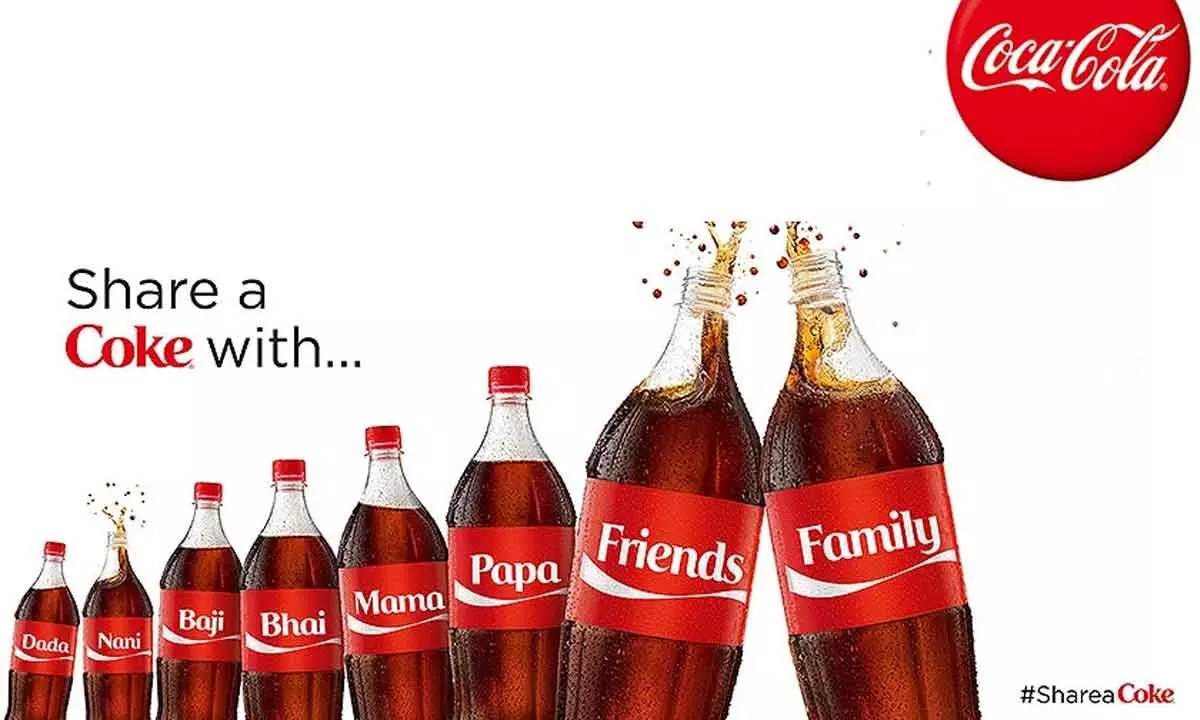Marketers of sports extravaganzas face both global, local challenges
The most impactful strategy has been in integrating the brand’s universality with a desi flourish
image for illustrative purpose

In the grand scheme of international sporting events, these examples are a testament to the art of creating narratives that resonate universally while acknowledging and incorporating local sensibilities. As sports continue to unite the world, brands, with their sound marketing campaigns, can also bring people together to promote their brand and become a part of the local sports community at the global level.
The challenge that marketers of sports and international sports events face is two-fold-creating campaigns with messages that resonate with global audiences while not compromising on unique cultural nuances and coming up with innovative ways to execute the campaign. This ought to stand apart from the multitude of global and local brands that target the same audienceduring international sports events.
While marketers have adopted various strategies to evolve the perfect balance, the most successful and impactful strategy in recent times has been building a content-driven marketing campaign based on a universal phenomenon or emotion and integrating it with local or country-specific sports celebrities' appearance.
Brands that acknowledge diversity and then find synergies between the diverse audience with their love for sport and community come up with successful campaigns.
One of the best examples of personalization with a global reach is Coca-Cola’s ‘Share a Coke’ campaign. The concept of sharing a beverage with friends and family transcends borders. The brand adopted this concept with a personalised twist to establish an instant ‘oneness’ connection with consumers worldwide. Coca-Cola came up with customised naming for every Coke can. It replaced its iconic logo on bottles and cans with popular individual names. The idea was to encourage people to ‘Share a Coke’ with their friends and family and create a sense of community and happiness. While this became one of the most personalised campaigns by a brand, Coca-Cola took it further by recognising the cultural nuances, local phrases and names.
For example, the campaign that started in Australia spread across the world, but when it began in China, Coca-Cola observed that in China, family names come before individual names, so Coca-Cola started displaying family names first, followed by giving unique names on the Coke bottles and cans. The campaign generated massive buzz around the brand as everyone looked to get their custom-named Coke bottle and can. At the time, Coca-Cola leveraged all the sports events across the world to reach out to the audiences with the unique concept.
Another example is Kingfisher’s campaigns across all the Indian Premier League (IPL) seasons. While the popular IPL is a domestic franchise-based tournament, the tournament is graced by the participation of players from all the major cricketing nations and boasts incredible viewership and engagement, making it a massive sports event for international and local brands.
Kingfisher, the Indian beer brand, leveraged the popularity of cricket in India and the world by introducing the iconic Kingfisher tune that played at every advertisement slot during the IPL. The advertisement featured all A-list cricketers, including MS Dhoni, ViratKohli, Rohit Sharma, Chris Gayle, Adam Gilchrist and Dale Steyn and Ricky Ponting dancing to the tunes of the Kingfisher song wearing their respective team jersey.
The tagline of KIngfisher read, ‘The King of Good Times’ and the IPL campaign was ‘Divided by teams, United by Kingfisher’.
The advertisement jelled with the audience as it showcased players from different teams, wearing other jerseys and coming together to celebrate and have a good time. Combine this with a catchy jingle that played at every advertisement break of a four-hour long match every day over the course of two and a half months. The tune, the message and the brand itself got engraved in the viewers' minds and thus, audiences started associating ‘good times’ with Kingfisher.
One more standout example is Nike’s ‘Risk Everything’ campaign during the 2014 FIFA World Cup. A video advertisement campaign featured Cristiano Ronaldo, Neymar and Wayne Rooney. The narrative crafted by Nike was of pushing the boundaries as it showed the three iconic players take in the pressure of fans and the community before the FIFA World Cup as they enter the game. The advertisement focused on the pressure superstars face when playing for their country, and that ability to take on the pressure and deliver the goods on D-Day makes them legends. This narrative resonated with every football fan from every country, making it a successful campaign for Nike.
Talking to Bizz Buzz, Shubhangi Gupta, co-founder of SportVot says, “While there have been multiple strategies to tap into the local community ahead of an international sports event to balance the universal appeal to local sensibilities, brands have found a way to understand the local community and reach out to them in a practical way by partnering with domestic entities, from players to domestic brands who have deeper recognition and connect within the community. Associating themselves with local identities and brands, international companies are getting a pathway to build a real connection with the audiences.”
In the grand scheme of international sporting events, these examples are a testament to the art of creating narratives that resonate universally while acknowledging and incorporating local sensibilities. As sports continue to unite the world, brands, with their sound marketing campaigns, can also bring people together to promote their brand and become a part of the local sports community at the global level.
By associating themselves with local identities and brands, international companies get a pathway to build a real connection with the targeted audiences.

